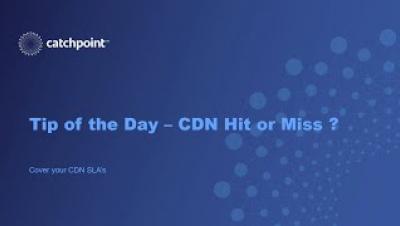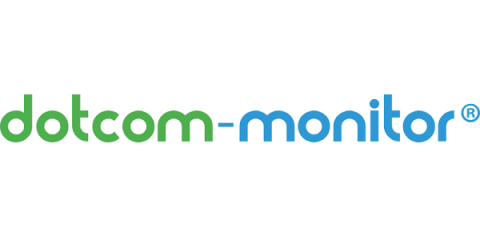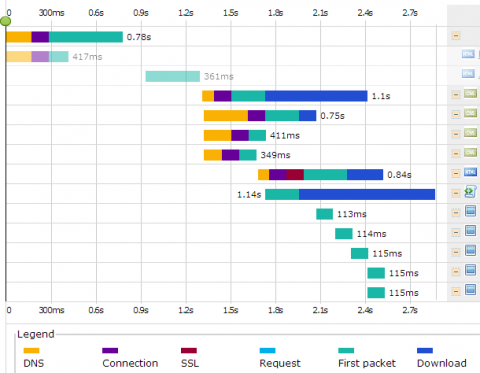Monitoring CDN Cache Hit Miss Ratio
In today’s Tip of the Day, we are looking at validating the performance of your CDN cache vs. the CDN origin content. Having this information at your fingertips will allow you to verify that (i) your CDN service is improving performance for your end users; and (ii) they are adhering to your SLAs. Your CDN Monitoring solution needs to offer a comprehensive set of insights into regional performance problems, network routing challenges, and other overall performance issues, including origin vs.









